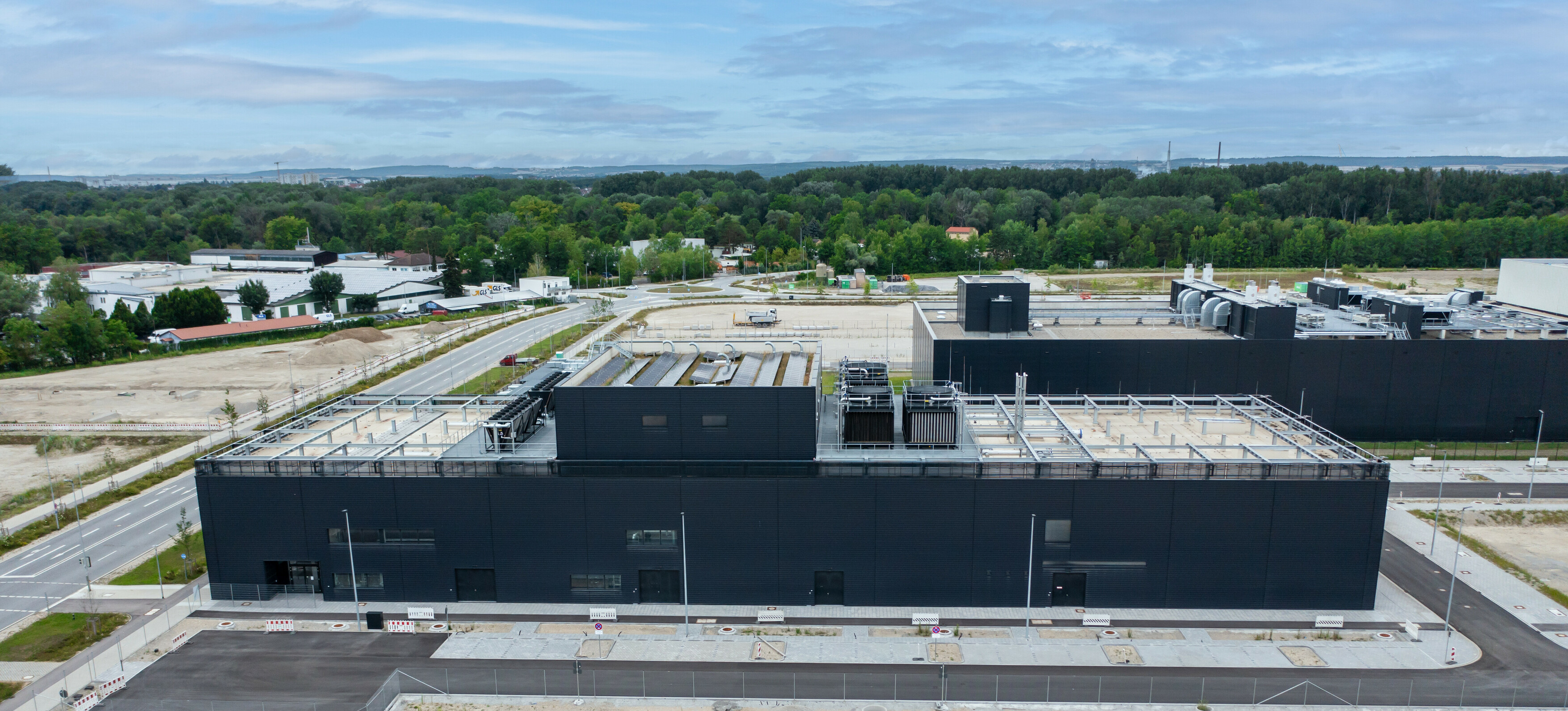Businesses over the years have adapted, with each decade producing new and more efficient ways to conduct business and boost profitability. One of these methods brought in by the Heavy Vehicle National Law is the Chain of Responsibility. In essence, the CoR is the primary method for ensuring heavy vehicles reduce safety risks on all fronts. In this article, we’ll discuss the impact, benefits and workings of the CoR.
What is the Chain of Responsibility?
The Chain of Responsibility pertains to everyone involved in using a heavy vehicle, whether directly or indirectly. This includes the Employer, driver, vehicle owner, and business sending or receiving goods. Each individual party holds some accountability for the delivery and, for the most part, the safety of the heavy vehicle.
The chain is just a method of allocating responsibility to each party. Like links in a chain, when they all work together, they have integrity. Each requirement set for the parties to meet is necessary to ensure the safety of the vehicle and driver and that the project goes as planned without issues.
Key Components of the Chain of Responsibility
There are a few key components of the CoR. Here they are:
Primary Duty
The primary duty usually rests on the company responsible for transporting products. Put simply, the primary duty translates to you doing everything you can to ensure the transport activities are done safely and ethically. However, there are some specific things that come with this section of the law; you must:
- Identify and assess any risks associated with the transport of goods
- Create a solution to avoid those risks
- Put this solution into practice
There are also a few actions that the HVNL urges you to avoid, like situations that result in you speeding and breaking the law:
- Avoid setting terms in the contract that neglect HVNL legislation
- Setting financial penalties or rewards that incentivise recklessness
- Any other activities that bend the rules
So to put it simply, the CoR has given you a boundary to work within. Stay within this boundary.
Executive Due-diligence Duty
The responsibilities that rest on the Executive are slightly more exhaustive. Here’s a breakdown of what the executive officer is responsible for.
Who is an Executive?
Just quickly, who is the executive? The executive is defined as an executive officer, manager, director of a company, or a partner in a partnership involved in business management who is also actively involved in some way related to the heavy vehicle being used.
Executive responsibilities in the Chain of Responsibility (CoR):
Suppose you are an executive in a business involved in the Chain of Responsibility. In that case, you have a due diligence duty to ensure the business complies with its primary safety duty and other safety provisions under the Heavy Vehicle National Law (HVNL).
What does due diligence refer to?
When the CoR refers to executives doing their due diligence, they mean:
- Staying informed about safe transport activities
- Understanding the business’s transport activities and risks associated with them
- Ensuring the necessary resources are available to manage risks
- implementing and maintaining methods to address hazards, risks, and incidents when they occur
Safety Duty Provisions in the HVNL
Executives also have a list of safety requirements that they need to check. they must do their due diligence regarding 18 specific safety duty provisions, such as (note, the s26C and others like this refer to the sections in those roles):
- Primary duty (s26C)
- Prohibited requests and contracts (s26E)
- Unsafe vehicles and their use (s89)
- Speed limiter tampering (s93)
- Exemptions and authorisations
- Various conditions and authorisations related to vehicle use (s129, s137, s150, s153A)
- False or misleading information and documentation (s186, s187)
- Tampering with electronic systems (s335, s336, s337, s454)
- Fatigue accreditation (s467, s470)
- Compliance with orders (s604, s610)
Executive Officers’ Liability
Finally, the executives are also held liable for any offences committed by their business if they knowingly authorised or permitted them. You can find these offences listed in Schedule 4 of the HVNL and are based on the standards set by the law.
Other Duties
There are also some other duties that are given to other parties involved. This includes drivers and employees, as well as anyone else involved in the operation to a certain degree. Employees who happen to drive heavy vehicles aren’t party to the CoR, but it would be helpful for them to know the other obligations under the NHVL. These employees also need to consider that they are obligated to laws under the health and safety law and have to look after their own health and safety while on the job.
These duties also apply to others outside of the business. For instance, any business or person who hires the transportation service and asks them to do anything that’s prohibited by the law commits an offence that’s fined up to a maximum of $10,000. A prohibited request is defined as anything that goes against the legislation set by the NVNL
Final Thoughts
For those who are party to the CoR, understanding how it works is vital to your business. As you’ve seen, committing an offence against the NVNL could result in a hefty fine, so it’s best to ensure that you do everything you can to comply. The CoR is there to make sure all aspects of running heavy vehicles for transportation are done safely and correctly.







